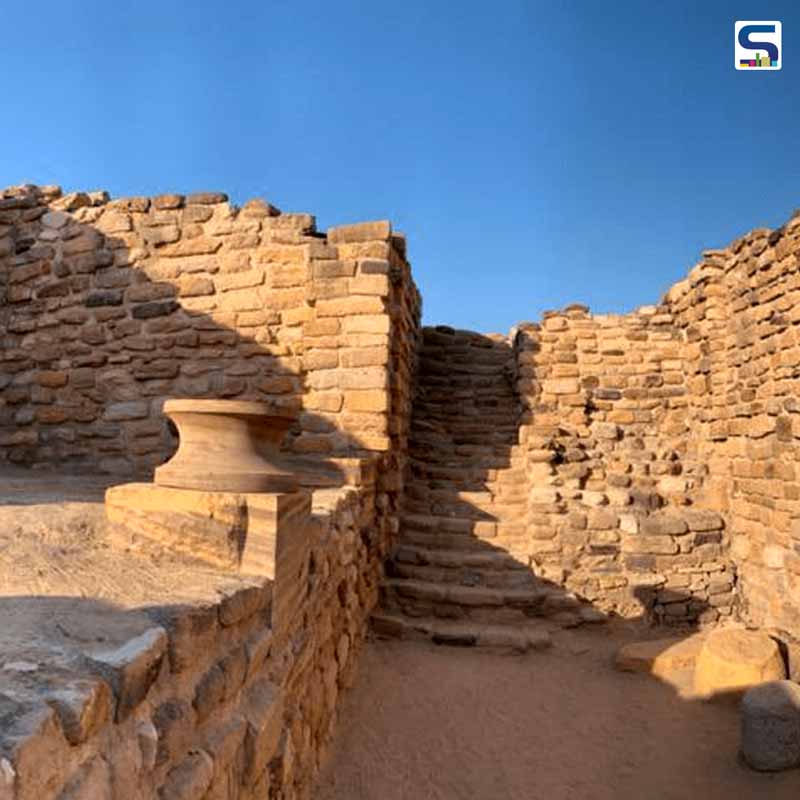
On Tuesday, the World Heritage Committee gave India a new world heritage site in the form of the Harappan-era city of Dholavira, which is located in the present-day Kutch district of Gujarat. The site had already been on UNESCO's tentative list since 2014, and India had shared its dossier in Jan 2020, as per the Culture Ministry statement.Along with becoming the fourth site from Gujarat and 40th from India to make a list, Dholavira has also bagged the first site of the ancient Indus Valley Civilisation (IVC) in India to get the UNESCO tag. Prime Minister Narendra Modi was elated by this development and shared a series of tweets about this crucial 'urban centre which is one of our most important linkages with our past.' UNESCO, in its 44th session, also included India's 800-year-old Rudreswara/ Ramappa Temple in Telangana to its World Heritage list. In this article, SURFACES REPORTER (SR) presents the distinctive features of Dholavira that made it to be in UNESCO's heritage site list. Scroll down to read:
Also Read: Heritage Restoration & Conservation Architects of India
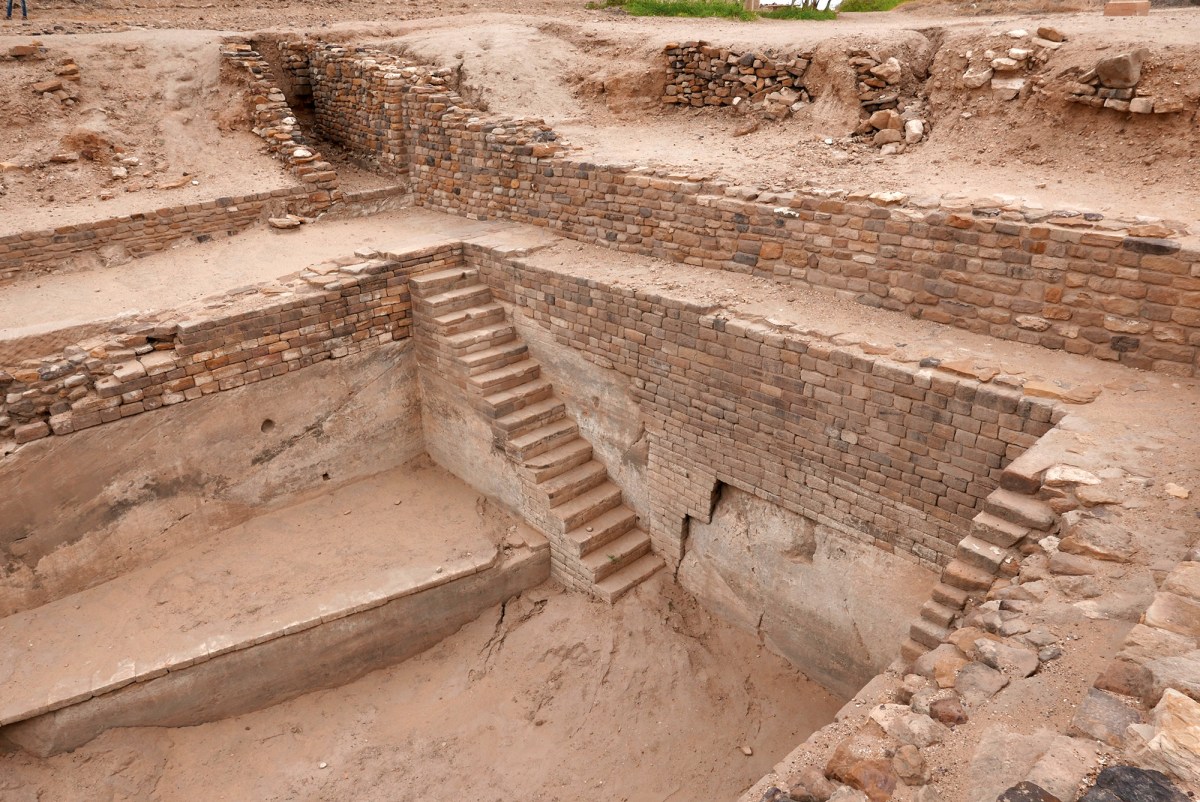
Indus Valley Civilisation acropolis is situated on a hillock near present-day Dholavira village in Gujarat, from which it gets its name. It is the larger of the two remarkable and well-preserved excavations of the Indus Valley Civilisation dating back to nearly 4,500 years ago.
Who Discovered Dholavira?
The site was discovered in 1968 by archaeologist Jagat Pati Joshi and excavated between 1990 and 2005 under the guidance and supervision of archaeologist Ravindra Singh Bisht. The findings and excavations revealed that it was a centre of trade and commerce for about 1500 years before its fall and eventual collapse in 1500 BC.
Most Remarkable and Well-Preserved Urban Settlements
The site was excavated near the 90s, but the city was free from any kind of encroachment in its historical periods as well as in the modern era. The UNESCO listing has also become possible because of no encroachment in the site, which is a rarity in India, says Bisht.
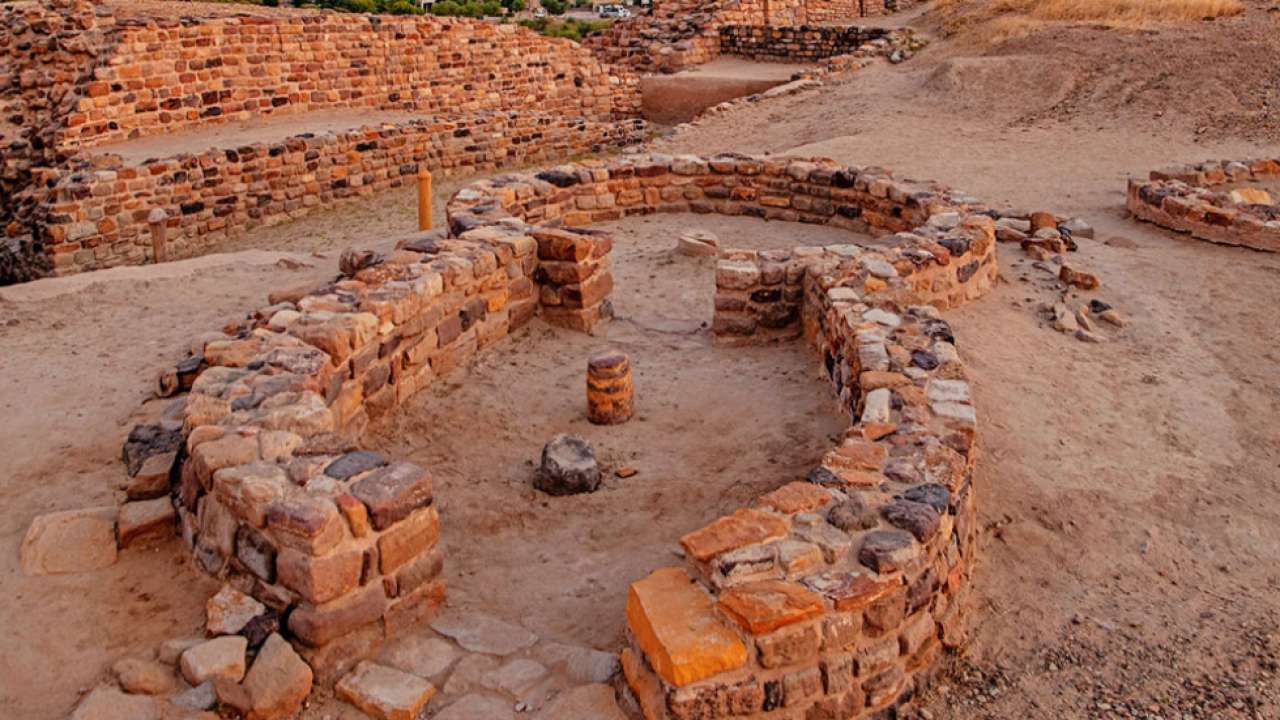
"The ancient city of Dholavira is one of the most remarkable and well-preserved urban settlements in South Asia dating from the 3rd to mid-2nd millennium BCE (Before Common Era). Discovered in 1968, the site is set apart by its unique characteristics, such as its water management system, multi-layered defensive mechanisms, extensive use of stone in construction and special burial structures," In its release, UNESCO termed in its press release "The two newly inscribed World Heritage Sites offer great insight into the knowledge and ways of life of earlier societies, customs, and communities."
Distinctive features
The site possesses several unique features, including the fifth largest metropolis of Indus Valley Civilization. Unlike other archaeological sites such as Mohenjo-Daro and Harappa in Pakistan and Rakhigarhi in Haryana of India, this city was built entirely of sandstone or limestone instead of mud bricks.
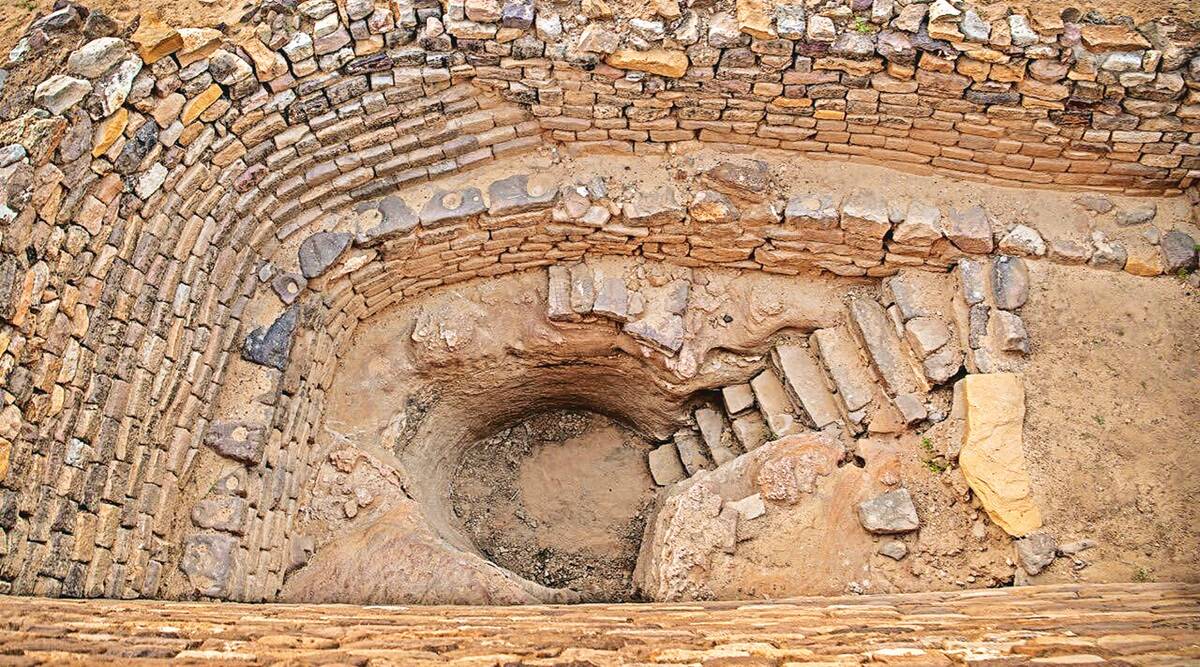
Another striking feature of the town was its advanced water conservation system of channels and water reservoirs. It contained well planned 16 reservoirs and water channels. And, the step-wells in the area lead to large public baths. The best fortification system- Citadel- was also found on the site.
Also Read: What ‘Actually’ Made Pink City, Jaipur Bag The Title of UNESCO World Heritage Site?
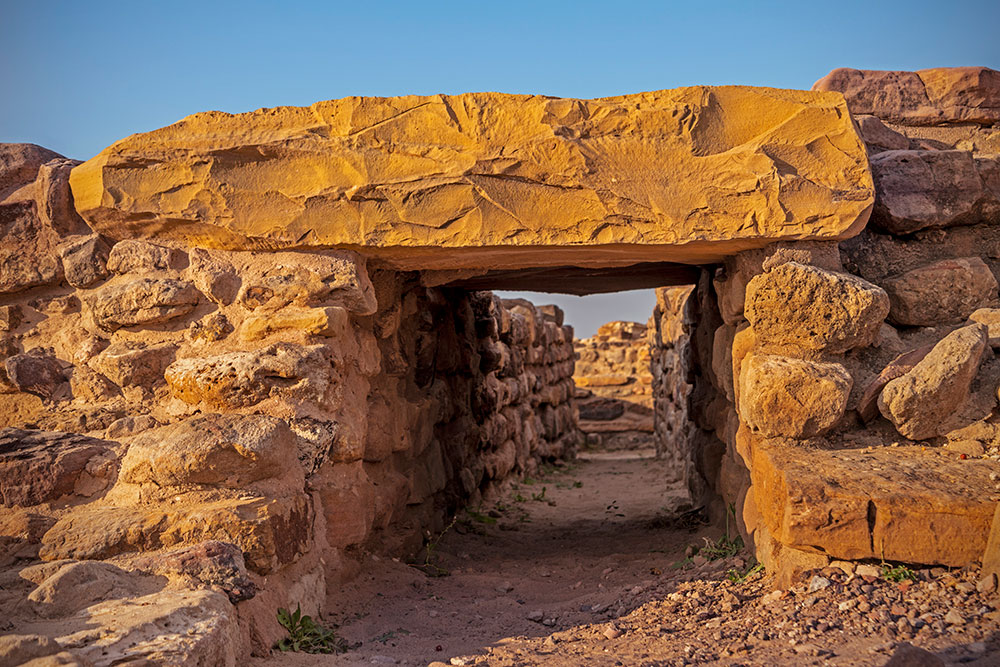
Other notable findings at Dholavira include a range of copper, shell, stone, gold and bead jewellery, terracotta, ivory and seals with animal figures, stone sculptures, and hemispherical structures like the Buddhist Stupas and grave-like structures and had been found at the site.
The Highly Sophisticated System of Town Planning
The city was well-planned, sectioned into three parts;- a citadel, a quadrangular middle town and a layered city with a lower town. Higher ranking officials and governing bodies lived in this area. In excavation revelations, it was found that a magnificent gateway to the north of the citadel opened into a ceremonial ground (staida), which is then transformed into the middle town. The middle town is further divided into numerous parts with a hierarchical population division as per the strata. The ordinary workers or general public inhabited the lower city. Archaeologist Bisht also cited nine gates with unique designs in the site as well.
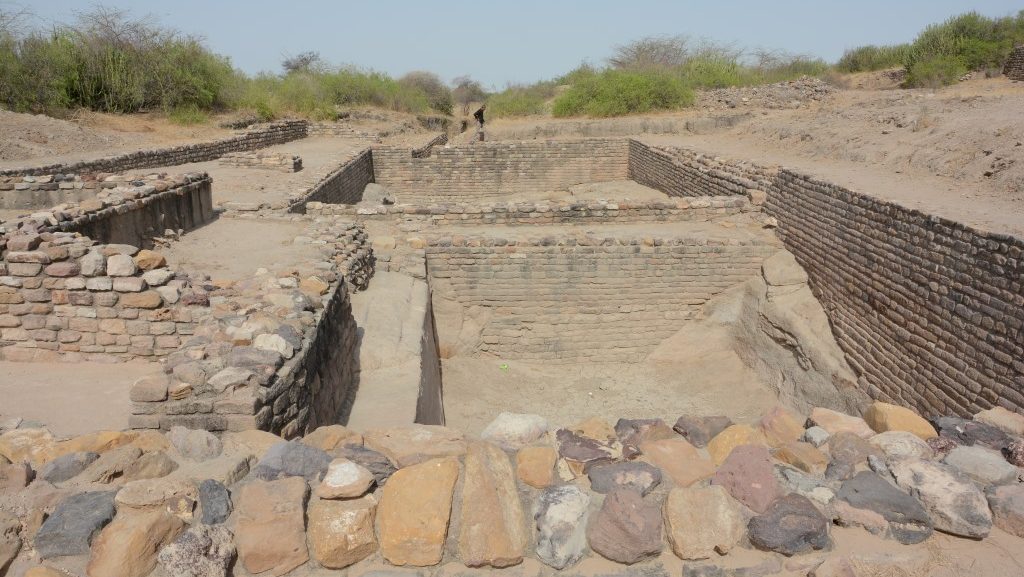
Bisht did not find any mortal remains of humans at the site, unlike graves at other IVC sites. According to him, the memorials containing no bones or ashes but offerings of precious stones give a new dimension to study the personality, life, and culture of the Harappans.
The Rise and Decline of This Harappan City
The researchers connected the collapse of Harappan city Dholavira to the disappearances of the Himalayan river- Saraswati (resembles in Indian Mythology), which once flowed in the Rann of Kutch.
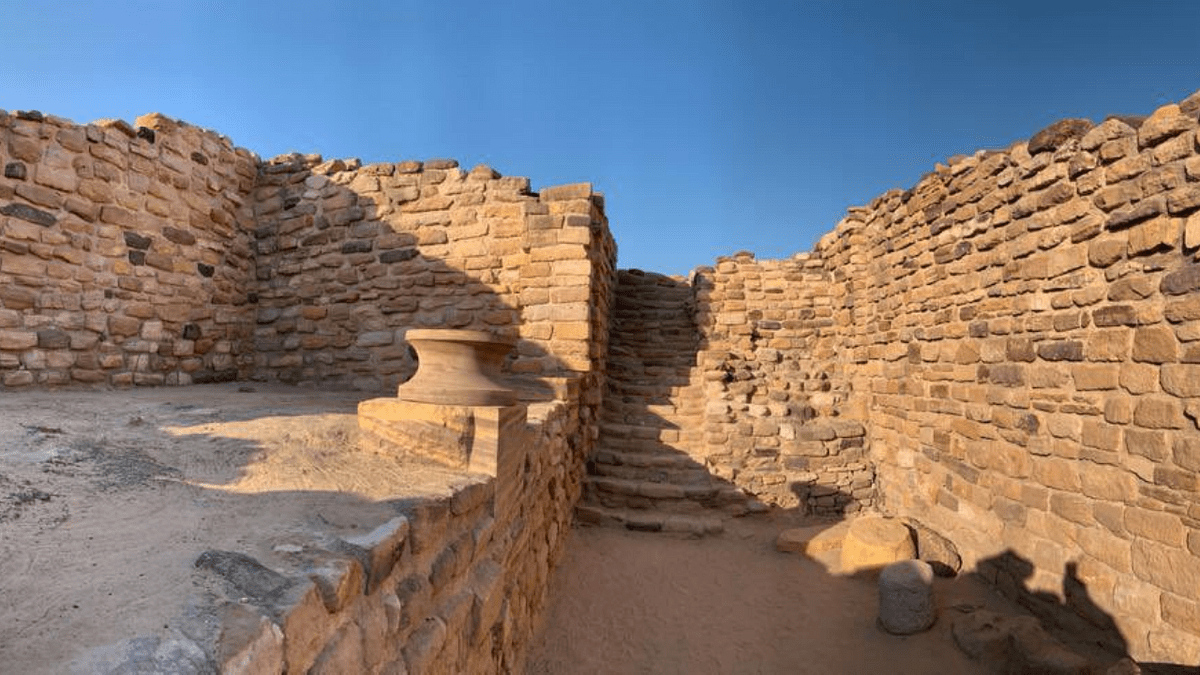
The findings of the remains of a copper smelter show that the people living in Dholavira knew metallurgy. It is assumed that the Harppans used to source copper ore from present-time Rajasthan, UAE and Oman and export finished products. According to archaeologist Bisht, the jewellery of shells and semi-precious stones peculiar to the Harappan craftsmanship has also been found in the royal graves of Mesopotamia, indicating that Dholavira used to trade with the Mesopotamians. Its fall also coincides with the disintegration of Mesopotamia. After the collapse of Mesopotamia, Harappans lost a huge market that affected the local mining, trading and marketing business.
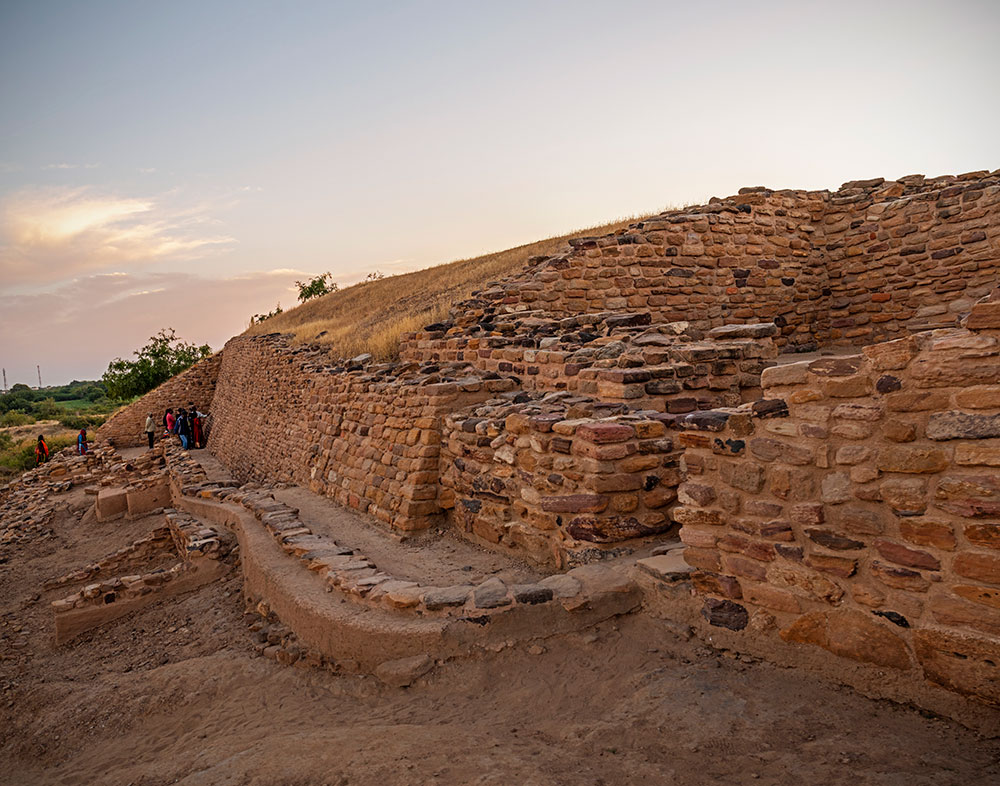
The study by the archaeologists and researchers indicates that the city expanded till 4400 years, followed by a sudden decline nearly 4000 years back. According to R.S Bisht, the city entered a phase of extreme acidity due to climate change and the Himalayan snow-fed rivers like Saraswati, which flowed in the Rann of Kutch, drying up. Owing to drought-like conditions, people at Dholavira migrated towards the Ganges valley or south Gujarat and farther beyond in Maharashtra.
During that time, Dholavira, positioned on the Khadir Island surrounded by the Great Rann of Kutch, was navigable. However, the sea receded slowly and ultimately; the area became a mudflat.
Other World Heritage Sites in Gujarat
Gujarat has so far three world heritage sites — Rani ki Vav in Patan, Champaner near Pavagadh, and the historic city of Ahmedabad.
Apart from these world heritage sites, Rangpur was the first Harappan site excavated on the bank of Bhadra river in Surendranagar district, Gujarat.
Also Read: Jal Mahal: Reviving Heritage to Recharge Economy & Ecology
Another Harappan site found in Gujarat is Lothal, excavated between 1955 and 1960 and was discovered as the prominent port city of ancient Indus Valley Civilization. It was located in Saragwala village on the bank of Sabarmati in Dholka taluka of Ahmedabad district.
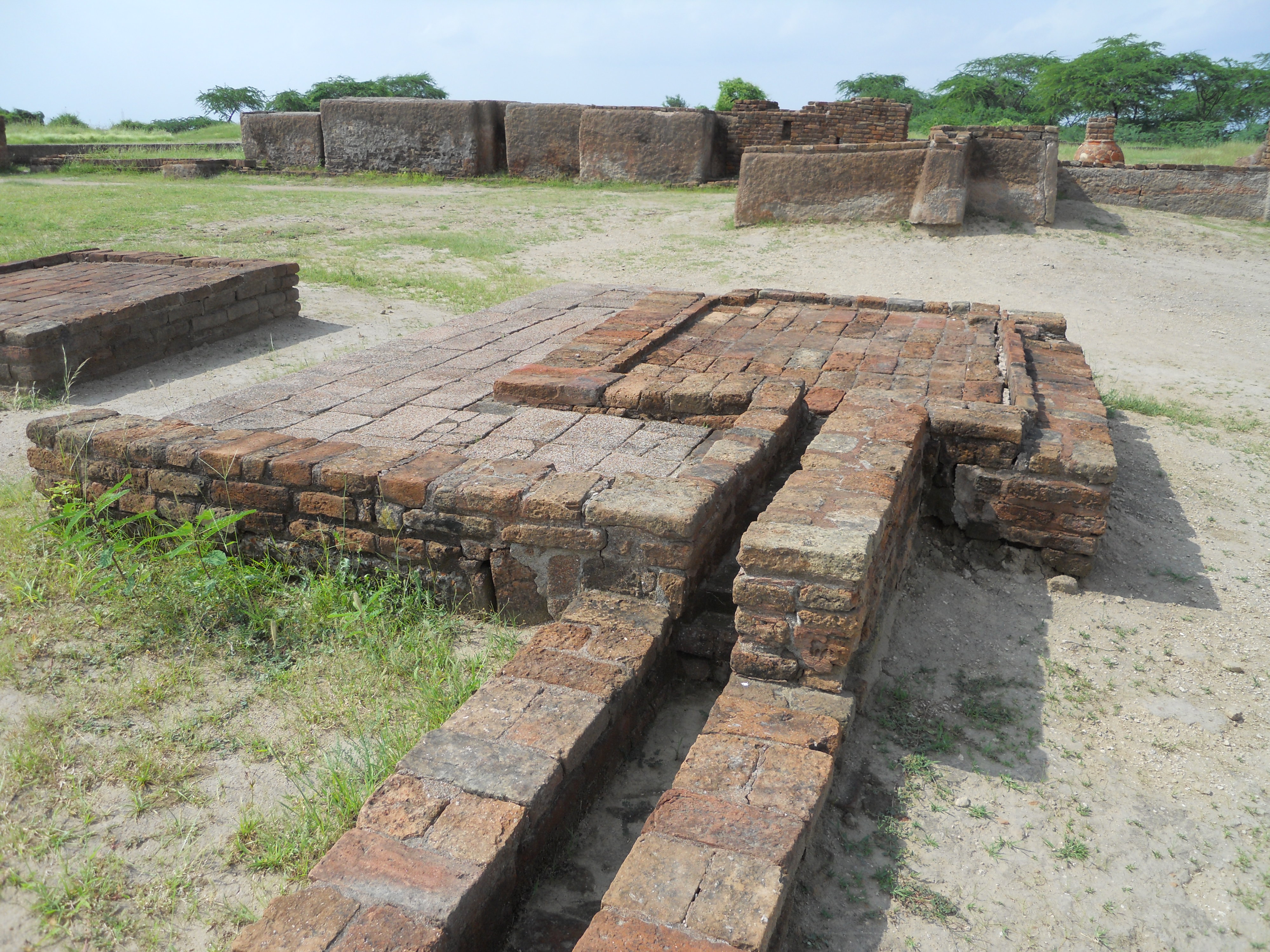
The drainage system at Lothal
Archaeologists also found Copperware and jewellery made of gold and semi-precious stones from the site.
Other Harappan sites in the state include- Deshalpar in Bhuj taluka of Kutch, Rojdi in Rajkot district, Lakhabaval in Jamnagar and Prabhas near Veraval in Gir Somnath district.
Keep reading SURFACES REPORTER for more such articles and stories.
Join us in SOCIAL MEDIA to stay updated
SR FACEBOOK | SR LINKEDIN | SR INSTAGRAM | SR YOUTUBE
Further, Subscribe to our magazine | Sign Up for the FREE Surfaces Reporter Magazine Newsletter
Also, check out Surfaces Reporter’s encouraging, exciting and educational WEBINARS here.
You may also like to read about:
Unesco ‘Mumbai is Now a Heritage Site’
Hold on to Heritage Dear Designers and Architects of India
UNESCO Acknowledges Amar Singh College Restoration Project A Noteworthy Model
And more…